Review: Moixa Solar Battery
A few years ago, I took part in a local trial to install a solar battery in our home. The battery was excellent - and made a reasonable difference for our energy use.
Sadly, last year, it died. It was prototype hardware, and these things happen. Moixa offered to replace it with an updated model - which was generous of them. While we were waiting for the new model to come in to stock, we moved house. Then COVID happened...
Anyway, long-story-short, we now have a shiny new 2kWh battery installed!
The batteries came delivered like this:
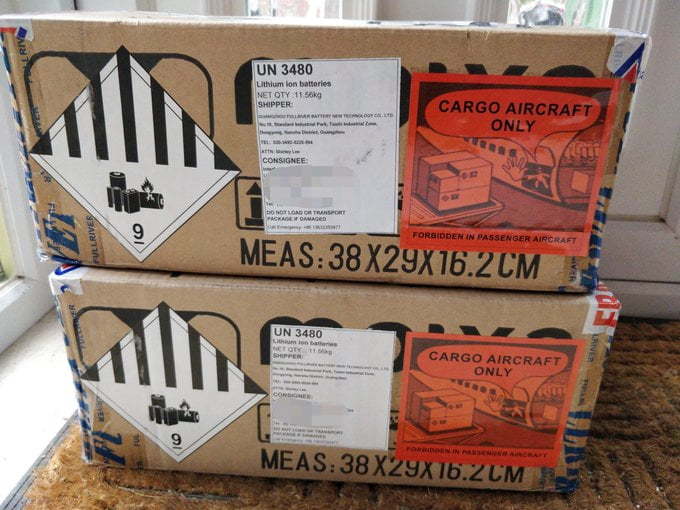
And were installed in this:
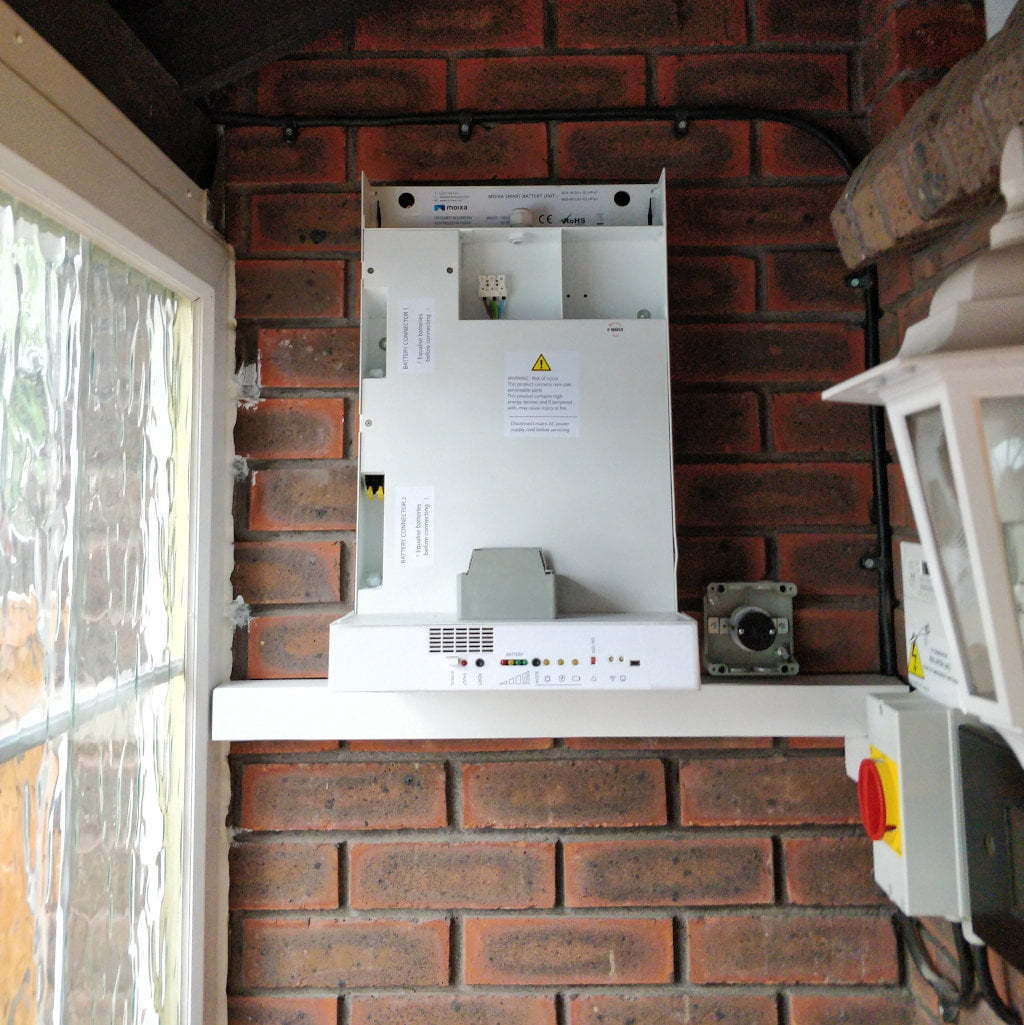
And then wired in like this:
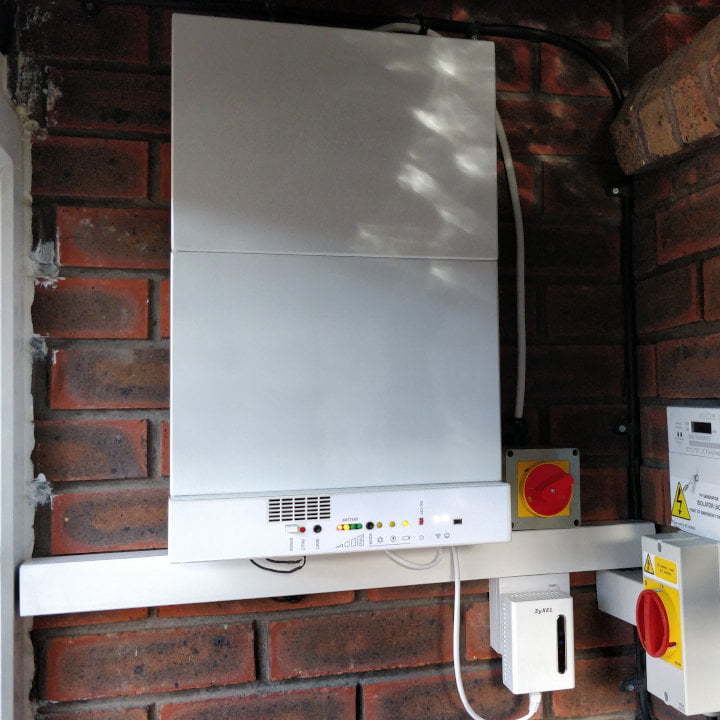
Then given a slightly less industrial look like this:

It has many blinking lights to tell us how it is doing.

It was a bit of a chore to get installed. We had holes drilled in walls. Then we needed to get our electrics checked. Then it needed to be commissioned. Not helped by various lockdown restrictions. But we got there in the end. Moixa were superb at keeping us informed all the way through the process.
How it works
It's slightly more complex than you may think.
- Solar power is generated on our roof as DC.
- An inverter in our loft converts this to AC and pumps it into our consumer unit.
- If we are using electricity, the solar power flows into our house.
- If there is surplus solar power, it goes back to the grid. Our SMETS2 smart meter records how much we have exported.
- A clamp on the tails under the meter records the flow of electricity.
- If we are exporting, the battery sucks up the energy to store later.
- If we are importing, the battery pumps out the energy to use immediately.
Phew! Got that?
CONNECT IT TO THE INTERNET!!!!
Every single thing in my home connects to the Internet. EVERY. THING. The battery is no different. This allows for two useful things:
- Monitoring of the battery - by myself and Moixa.
- Adaptive charging
-
Being hacked
The monitoring function is available via a website. It shows simple diagrams like this:

You can also see more complex minute-by-minute graphs.
I'll write a later blog post about the API and how it can be used.
The adaptive charging is interesting. It can, theoretically, look up the weather forecast to work out when it is optimal to charge and discharge. Similarly, it could work with your energy provider to see when their spot rates for electricity make it worth selling.
I'm with Octopus Energy who do some interesting things with adaptive pricing.
Power Cuts
One important thing to note - home batteries do not help you if your area has a power-cut. If there was a cut, the battery might pump power back into the grid - this would be a risk for any electrician working on the grid.
Cost
The cost of battery storage is high.
- Initial install: £500
- Removal of old battery: £175
- Fitting of new battery: £450
- Compensation for original battery not working: -£200
- Cost savings from original battery: -£125
Total: £800
By comparison:
- Tesla PowerWall costs around £6,000 for 13.5 kWh
- Duracell costs around £4,500 for 3kWh
More comparisons are on the Which Guide to Solar Batteries.
Is it worth it?
In monetary terms - no. Probably not. Electricity prices are about £0.14 per kWh when purchased from the grid. So the maximum it can store is about £0.28 worth of electricity.
I can sell my surplus solar electricity at about £0.055 per kWh. So the energy I store for later use, I could have sold.
So I "lose" 5p by not selling it, but "gain" 14p by not buying it in. Call it 9p per kWh.
If the battery charged to full every day of the year, it would save us around £100 per year. So a payback period of around a decade. That improves if electricity prices rise.
But it's not (just) about the money. This is an investment in the future. I believe that distributed local energy storage will play a huge part in our future energy mix. I want to make sure that companies like Moixa have customers and that people will see the benefits of home storage.
Our solar panels produce all of the electricity that we use in a typical year. But we can't make use of all of it. Ideally, we'd have a MegaWatt battery which charged all summer long. But, for now, I'm quite happy with this little box whirring away in the corner.
Discounts!
If you buy a Moixa solar battery and mention my name, you'll get a £200 discount - and I'll receive a £200 incentive.
Score!
If you switch to Octopus Energy we both get £50!
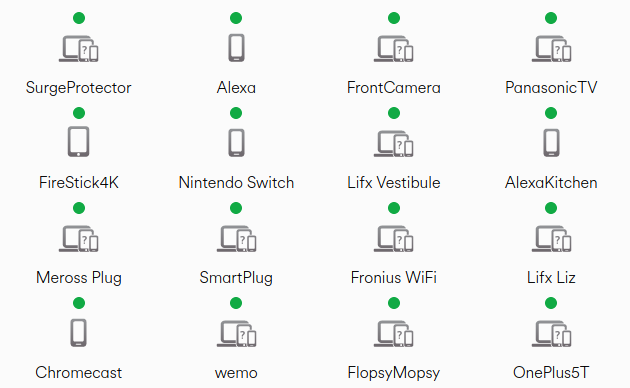 How many connected devices do you have at home?
How many connected devices do you have at home?
 1 year of @edent_solar. We are 100% offset!
1 year of @edent_solar. We are 100% offset!
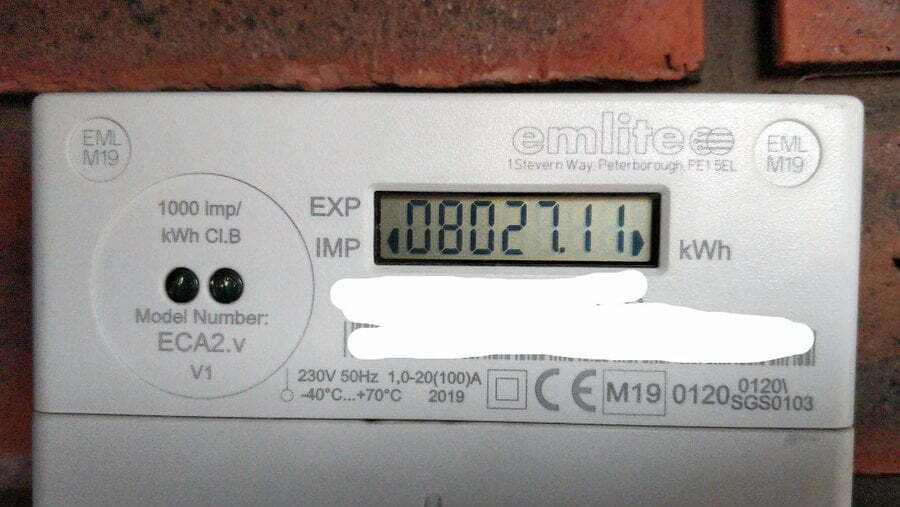 Eight MegaWatt Hours, baby!
Eight MegaWatt Hours, baby!
 Why we can't have an air source heat pump
Why we can't have an air source heat pump
 3 years of domestic solar stats in the UK
3 years of domestic solar stats in the UK
Sam Machin says:
Depending on how you house is wired you can choose to have specfic circuits protected by the battery in a power failure, so perhaps keep the lights and sockets on but don't support the oven and electric shower. A single powerwall can supply a 5kW load.
Sam says:
| Reply to original comment on twitter.com
Paul McCann says:
@edent says: